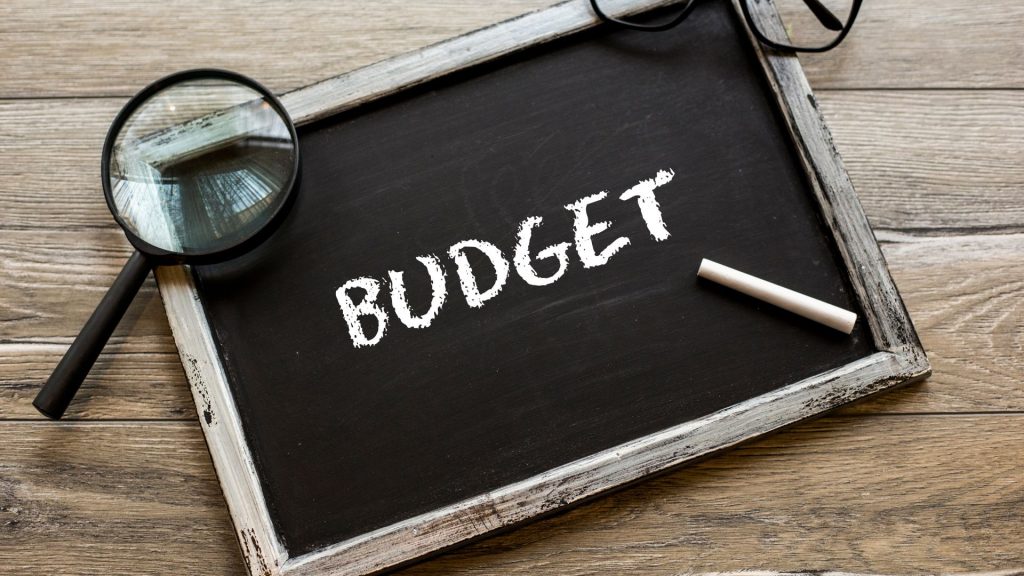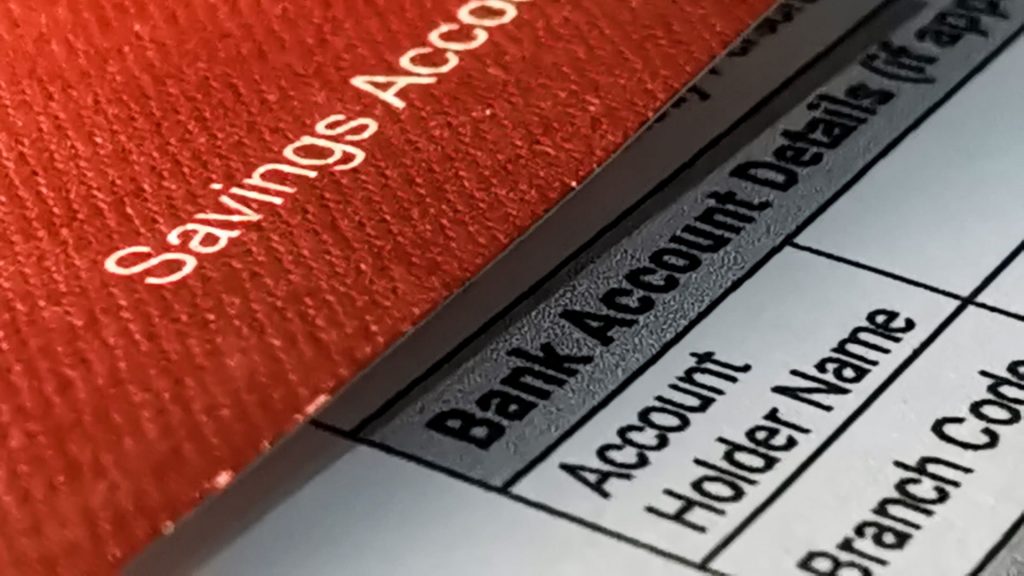
Living on a Variable Income: Budgeting Tips for Freelancers and Gig Workers
Freelancing and gig work offer the freedom to set your own schedule, work from anywhere, and choose projects that inspire you. But with this freedom comes the challenge of living on a variable income. When your paycheck fluctuates month to month, budgeting can feel like trying to hit a moving target. However, with the right strategies, you can manage your finances effectively and build a stable financial foundation. Here’s how to do it.

1. Save During High-Income Months
One of the most important strategies for managing a variable income is to save aggressively during months when your earnings are higher. Treat these high-income periods as opportunities to build a financial cushion. This cushion can help you cover expenses during leaner months and reduce the stress that often accompanies income fluctuations.
- Set Aside a Percentage: Decide on a percentage of your income to save each month, regardless of your earnings. This could be 20-30% of your income, or even more during particularly lucrative months.
- Emergency Fund: Aim to build an emergency fund that can cover at least three to six months of living expenses. This fund acts as a safety net for unexpected expenses or low-income months.

2. Create a Flexible Budget
Traditional budgets might not work well with irregular income. Instead, create a flexible budget that can adjust to your varying earnings.
- Base Budget: Start by identifying your essential monthly expenses—rent, utilities, groceries, insurance, and debt payments. This base budget represents the minimum amount you need to cover your essential needs.
- Variable Expenses: Next, categorize your non-essential expenses, like dining out, entertainment, and shopping. These are the areas where you can adjust spending based on your income. In high-income months, you can afford to spend more, while in low-income months, you may need to cut back.
- Prioritize: List your expenses in order of priority. When your income is lower than expected, you can trim or eliminate non-essential costs first.

3. Plan for Taxes
As a freelancer or gig worker, you’re responsible for your own taxes, which means setting aside money throughout the year to cover them. Failing to plan for taxes can lead to a hefty bill at tax time.
- Estimate Your Tax Rate: Estimate how much you’ll owe in taxes based on your income level. A good rule of thumb is to set aside 25-30% of your income for taxes, but this can vary depending on your location and tax situation.
- Separate Account: Consider setting up a separate savings account specifically for taxes. Transfer your estimated tax amount into this account regularly to avoid any surprises when taxes are due.

4. Automate Your Savings
Automating your savings can make it easier to stick to your financial goals, even when your income fluctuates. By setting up automatic transfers to your savings account, you’re prioritizing savings before you even have the chance to spend your income.
- High-Interest Savings Accounts: Choose a high-interest savings account for your automated savings. This way, your money will grow over time while remaining easily accessible when needed.

5. Diversify Your Income Streams
Relying on a single source of income can be risky for freelancers and gig workers. Diversifying your income streams can provide more stability and reduce the impact of income fluctuations.
- Multiple Clients: Instead of depending on one or two major clients, try to work with several clients across different industries. This way, if one client reduces their workload or drops out, you’ll still have other sources of income.
- Side Gigs: Consider taking on side gigs or projects that can provide additional income during slow periods. Whether it’s teaching, consulting, or selling products online, diversifying your income can help smooth out the ups and downs.

6. Track Your Income and Expenses
Keeping track of your income and expenses is crucial when you’re dealing with variable earnings. Use budgeting apps or spreadsheets to monitor your cash flow, so you always know where your money is going.
- Monthly Review: At the end of each month, review your income and expenses. This will help you identify patterns in your earnings and spending, allowing you to adjust your budget accordingly.

7. Avoid Debt Traps
It can be tempting to rely on credit cards or loans to get through low-income months, but this can quickly lead to a cycle of debt. Instead, focus on living within your means and using your savings to cover shortfalls.
- Emergency Use Only: If you do use credit, make sure it’s for emergencies only and that you have a plan to pay it off as soon as possible.
- Debt Repayment Plan: If you already have debt, create a repayment plan that fits within your budget. Prioritize paying off high-interest debt first to reduce the amount of interest you’re paying over time.

8. Reevaluate and Adjust Regularly
Your financial situation may change over time, so it’s important to reevaluate your budget regularly. Whether you’ve taken on new clients, increased your rates, or faced unexpected expenses, adjusting your budget to reflect your current circumstances will help you stay on track.
- Quarterly Check-ins: Schedule quarterly financial check-ins to review your budget, savings, and goals. This will help you stay proactive and make informed decisions about your finances.
Final Thoughts
Living on a variable income presents unique challenges, but with careful planning and disciplined budgeting, you can create financial stability and achieve your long-term goals. By saving during high-income months, creating a flexible budget, and managing your expenses wisely, you can navigate the uncertainties of freelancing and gig work with confidence. Remember, the key is to be adaptable, stay informed, and always prioritize your financial well-being.
